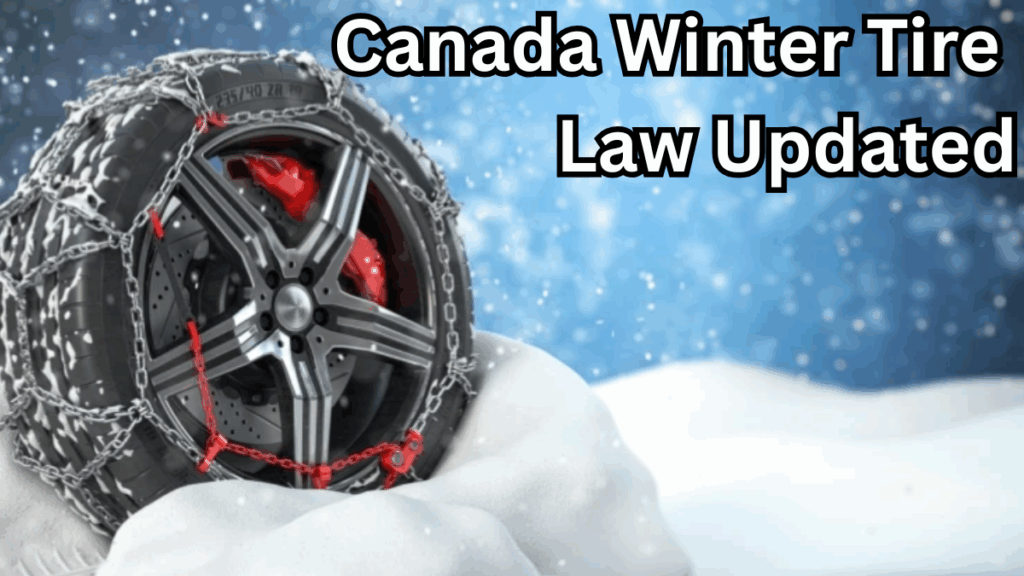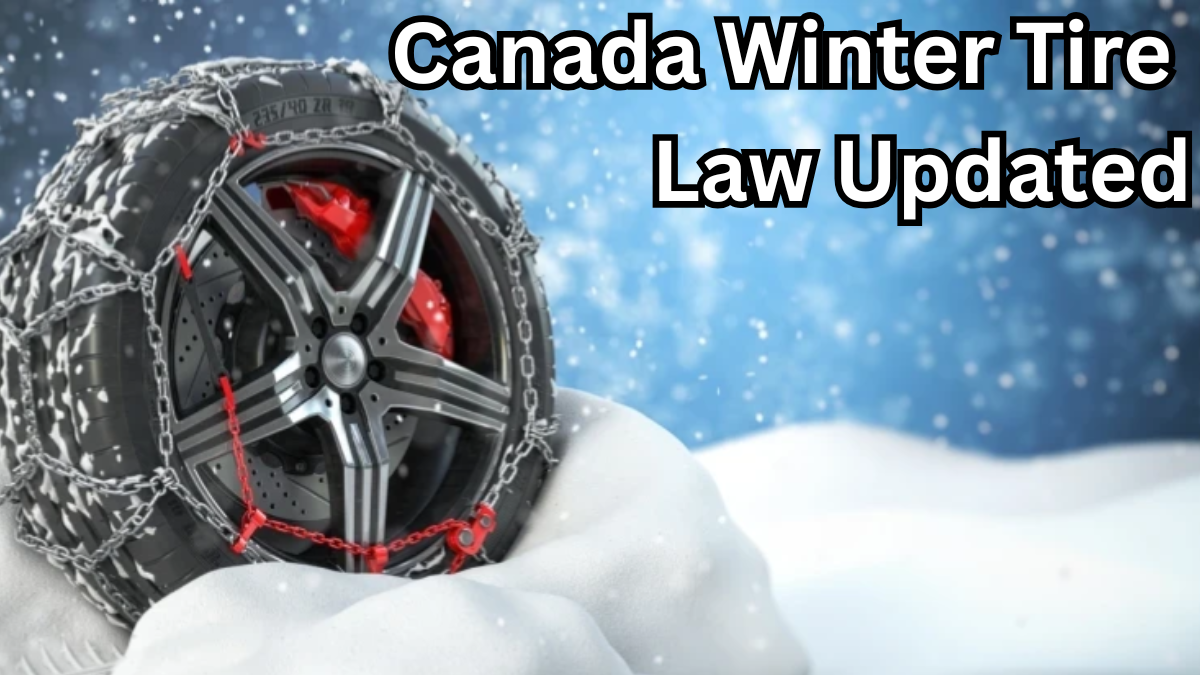As the 2025 winter season approaches, drivers across Canada need to brace for more than just snowstorms. A major Canada Winter Tire Rules Update has taken effect, making winter tires mandatory in more provinces. This move is designed to enhance vehicle safety and reduce weather-related accidents on icy and snow-covered roads.
Let’s break down the provinces affected, what the new rules entail, and how Canadian drivers can stay compliant.

Why the Change?
Canada is no stranger to harsh winters, and studies consistently show that vehicles equipped with proper winter tires perform significantly better on icy and snowy roads. The updated Tire law Canada aims to:
-
Improve vehicle safety during cold months
-
Reduce traffic accidents due to poor tire performance
-
Create a uniform winter driving standard across more provinces
Where Are Winter Tires Now Mandatory in 2025?
Below is a province-by-province breakdown showing where winter tires are now legally required:
| Province/Territory | Winter Tire Requirement (2025) | Effective Dates |
|---|---|---|
| Quebec | Mandatory | December 1 – March 15 |
| British Columbia | Mandatory in certain areas | October 1 – April 30 |
| Ontario | Now Mandatory (new) | December 1 – March 31 |
| New Brunswick | Now Mandatory (new) | December 1 – March 31 |
| Prince Edward Island | Strongly Recommended | — |
| Nova Scotia | Strongly Recommended | — |
| Alberta | Still Optional | — |
| Manitoba | Still Optional | — |
| Saskatchewan | Still Optional | — |
| Newfoundland & Labrador | Still Optional | — |
What Qualifies as a Winter Tire?
Not all tires labeled “all-season” meet winter standards. Here’s what to look for:
-
Three-Peak Mountain Snowflake symbol (3PMSF) on the sidewall
-
Tread designed specifically for snow and ice traction
-
Softer rubber that remains flexible below 7°C
Tip: Swap your tires early. Don’t wait for the first snowfall—get them on once the temperature drops consistently below 7°C.
Penalties for Non-Compliance
Failing to adhere to the updated Tire law Canada can come with consequences:
-
Fines up to $300 depending on the province
-
Insurance implications in case of an accident
-
Potential vehicle impoundment in severe cases
Don’t risk it—your safety and your wallet are on the line.
Benefits of Winter Tires
Making the switch isn’t just about obeying the law—it’s about safety and peace of mind. Here’s what you gain:
-
Shorter braking distance on icy roads
-
Improved traction in snow and slush
-
Better control during emergency maneuvers
-
Potential insurance discounts in some provinces
This Canada Winter Tire Rules Update isn’t just about rules—it’s about responsibility.
What You Should Do Now
If you live in a province where winter tires are now mandatory:
-
Book your tire change early before shops get busy
-
Check tire pressure regularly—cold weather causes it to drop
-
Store your summer tires properly for longevity
-
Keep your receipts to claim possible insurance rebates
FAQs
1. Do all provinces in Canada now require winter tires?
No. As of the 2025 Canada Winter Tire Rules Update, only Quebec, British Columbia (in specific regions), Ontario, and New Brunswick have made them mandatory. Other provinces recommend their use but haven’t made them a legal requirement yet.
2. How can I tell if my tires meet winter requirements?
Look for the Three-Peak Mountain Snowflake (3PMSF) symbol on the tire’s sidewall. This indicates it meets the winter traction standard recognized in the Tire law Canada.
3. Can I use all-season tires instead?
All-season tires are not a safe substitute in extreme winter conditions. For optimal vehicle safety, switch to certified winter tires.
4. Will I get fined if I don’t switch to winter tires?
Yes, in provinces where it’s mandatory. Fines vary but can go as high as $300, especially under the updated Canada Winter Tire Rules Update.
Final Thoughts
Winter driving in Canada is no joke. With the updated Tire law Canada, now is the time to make sure your vehicle is road-ready. Whether it’s braving the snowy roads of Ontario or cruising through British Columbia’s mountain passes, equipping your car with winter tires is a small step that makes a huge difference in vehicle safety.
Click here to learn more
